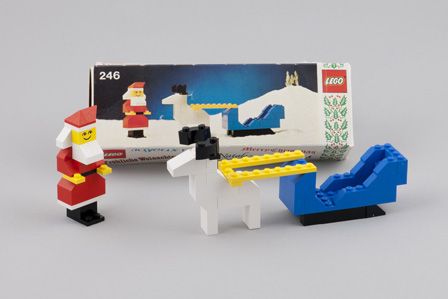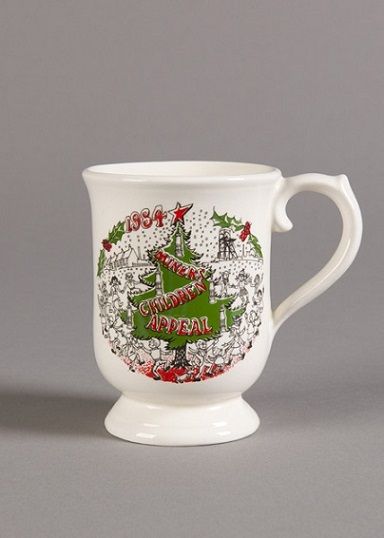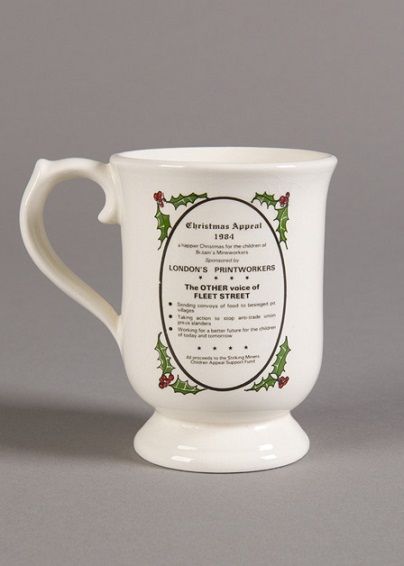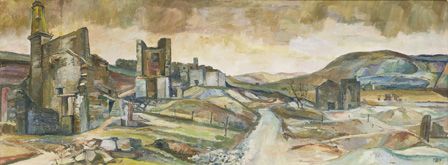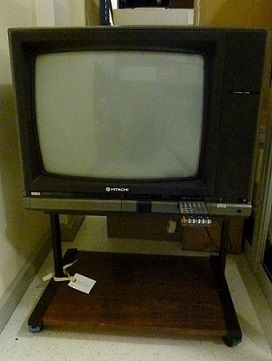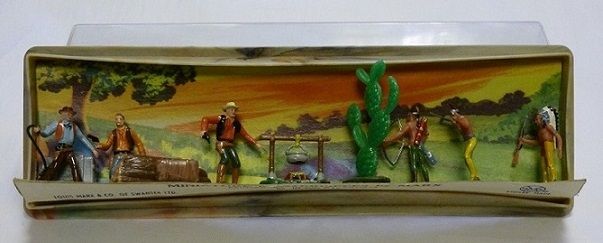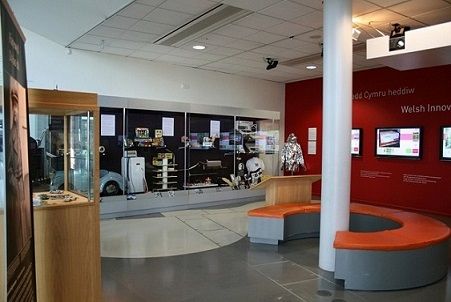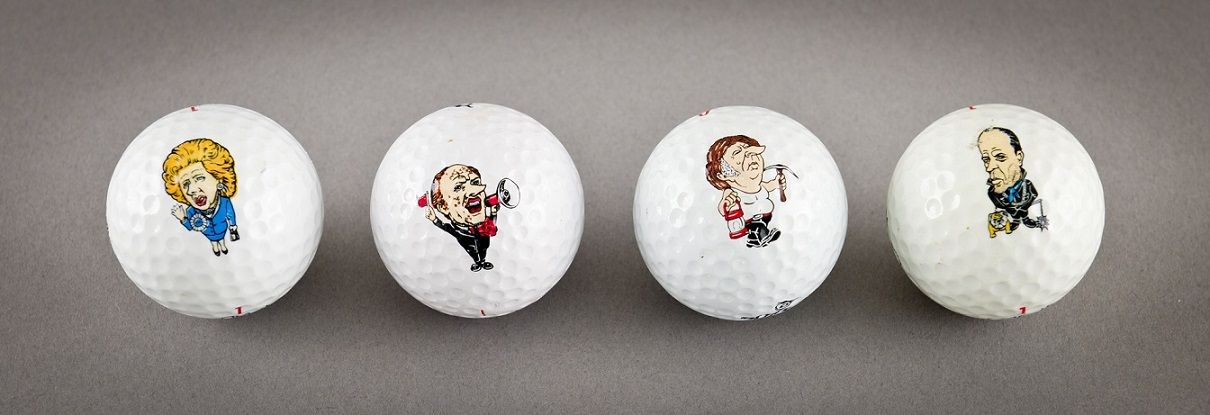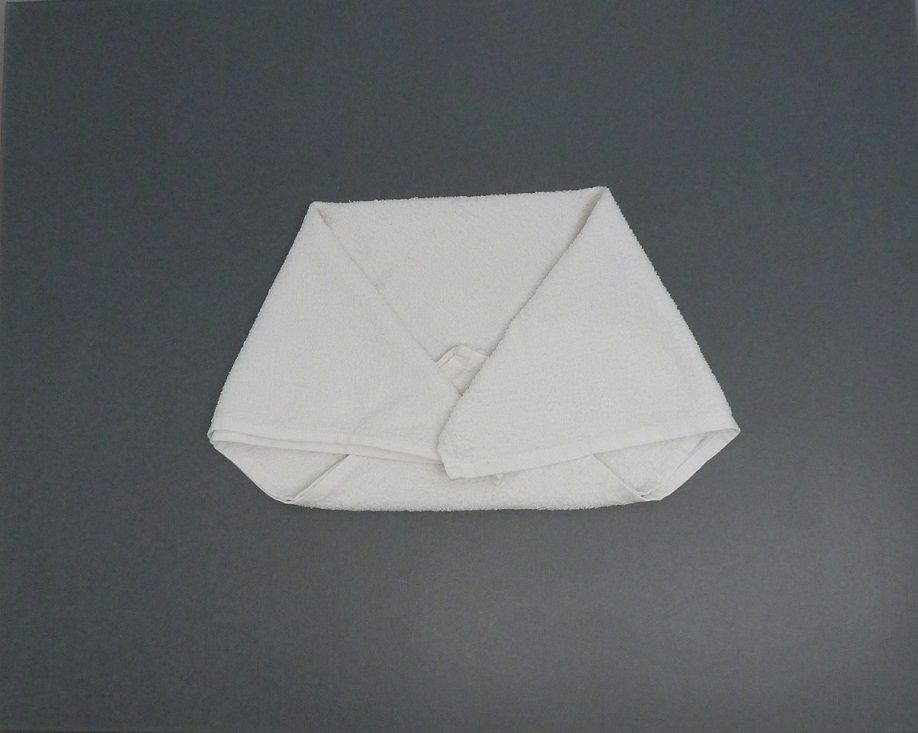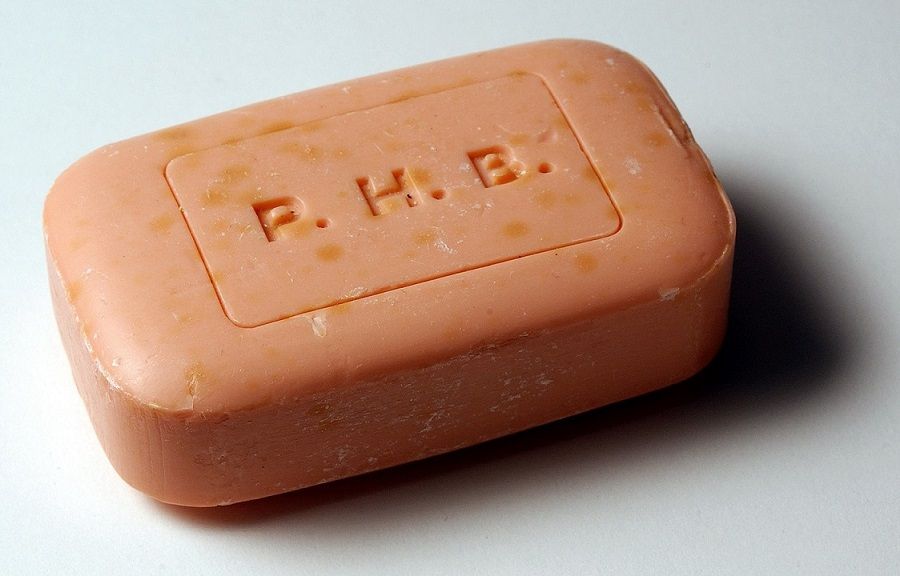A Window into the Industry Collections
, 29 January 2014
We have had a number of interesting objects coming into the Industry collections since my last Blog. Here are just a few.
This wooden full hull ship model is of the m.v. Innisfallen. The Innisfallen was built in 1969 to inaugurate British & Irish Line’s Swansea to Cork ferry service. She was eventually sold to Corsica Ferries and then to Sancak Lines, Turkey. After a number of name changes she was broken up in 2004.
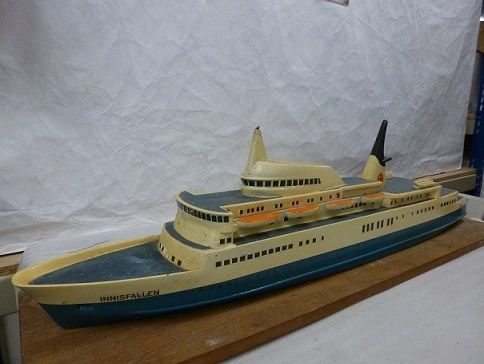
The commemorative plate below was manufactured by Ceramic Arts in 1989. It commemorates both the National Justice For Mineworkers Campaign, 5th Anniversary of 1984-85 strike, and the centenary of the National Union of Mineworkers.
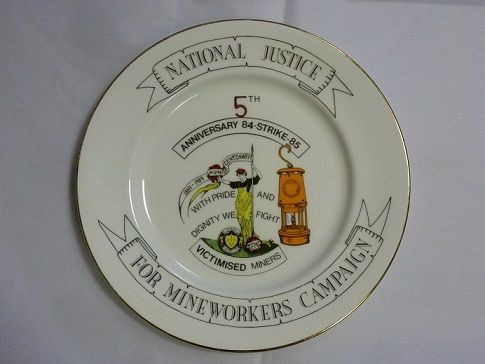
This illuminated address was presented to Harry Brean by the workmen of the Risca Collieries for bravery during the “Gob Fire” at the Old Black Vein Colliery between July 12th and August 9th 1918. Presented towards the end of the First World War, it is interesting to note that the address states that “the Coal Mines produce their Great Heroes no less than the Battlefield”. The address is of a standard format that was printed by the Western Mail Ltd., Cardiff, and then hand illuminated. Note that his name is spelt incorrectly on address!
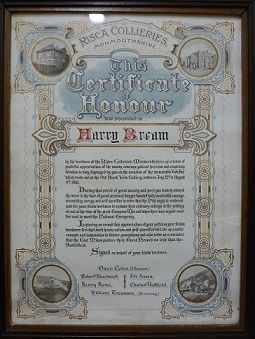
The object below we believe to be a calendar mount. It was printed on tinplate by Metal Box Company Limited in Neath, c.1960. The image is of a painting by the artist Harold Forster. The original oil on board painting depicts the hot strip mill at Abbey iron and steel works in Port Talbot and dates to 1955. The original painting is in our collection and details of this work and others by Harold Forster can be seen on our Images of Industry online catalogue - http://www.museumwales.ac.uk/industry/images/?action=search&search_type=artist_title&artist=forster&title=
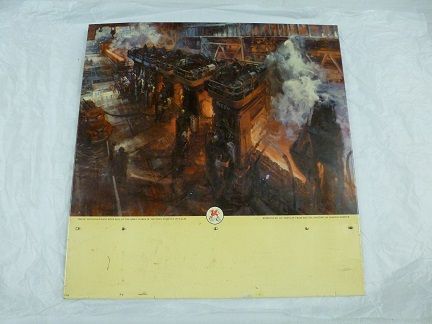
Mark Etheridge
Curatorial Assistant (Industry)
